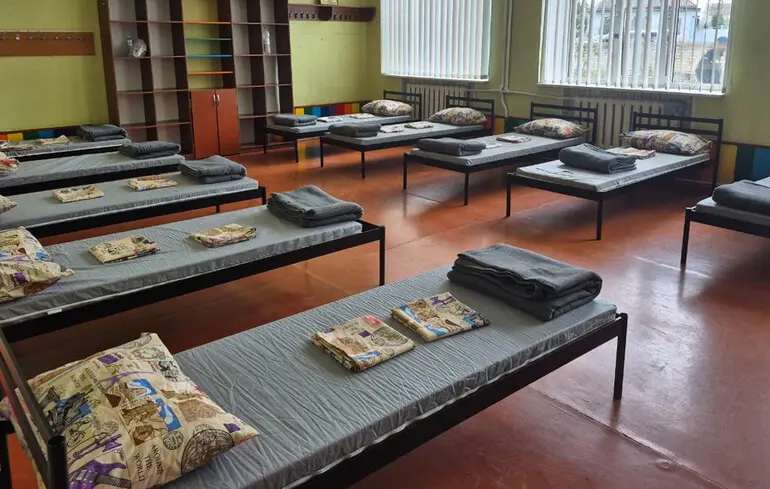Ukrainian Authorities Prepare Extensive Evacuation Program and Create Thousands of New Shelters for Internally Displaced People

In a significant move amid ongoing crises and preparations for the upcoming winter, Ukrainian authorities announced a large-scale evacuation initiative aimed at relocating residents from danger zones and heavily affected areas across the country.
According to Prime Minister Yulia Sviridenko, by the end of August, they plan to establish at least 30,000 specialized temporary shelters in 15 regions of Ukraine and the capital city to accommodate those forced to leave their homes due to war or infrastructural devastation.
Special attention is being paid to facilities equipped for people with limited mobility to ensure their safety and dignity during this transitional period.
Last week, the prime minister personally inspected a transit center in Pavlohrad, which currently sees over 400 individuals daily — a number deemed overwhelming for existing infrastructure.
As a result, government officials decided to relocate some of the facilities and deploy additional tents provided by the State Emergency Service for better capacity.
These measures have led to noticeable improvements, making the environment safer and more comfortable for evacuees.
To reduce pressure on Pavlohrad’s transit point, two additional centers have been opened in Voloshkivka in Dnepropetrovsk region and Lozova in Kharkiv region.
Furthermore, the government has designated regions that will handle organized evacuations, including Rivne, Kirovohrad, and Kyiv regions, which are already accommodating displaced persons.
For example, Kyiv region has successfully taken in 170 people with limited mobility, easing the burden on the main centers in Pavlohrad and Dnipro.
Sviridenko also reported that Zakarpattia region is currently accepting families with children from Donetsk and Dnipropetrovsk areas, while Vinnytsia and Poltava are preparing to receive more evacuees.
Earlier reports indicated that the responsibility for supporting internally displaced persons largely falls on volunteers, whose resources are stretched thin and accommodation options are dwindling.
This situation underscores the urgent need for coordinated government action and community involvement to ensure that vulnerable populations have access to safe shelter and proper assistance during these challenging times.

